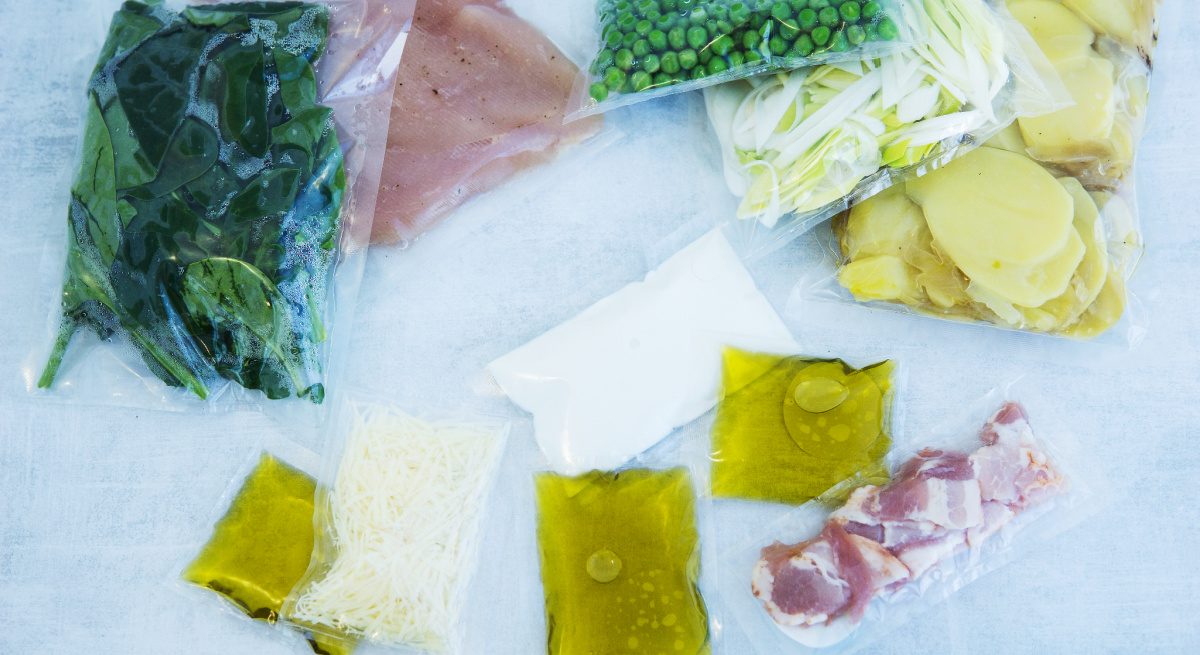Why Restaurants Should Continue to Diversify Their Revenue Streams in a Post-COVID World
3 Min Read By Elliott Ames
Over the past year, the pandemic pushed restaurants into survival mode, forcing them to pick up alternative revenue streams to stay afloat. Restaurant owners had to become creative to stay in business and provide value to their surrounding communities.
The Rise of Meal Kits
Meal kits, prepared by restaurants for consumers, became a great way for restaurants to supplement revenue during the pandemic. In fact, meal kits are a rising sector of the restaurant industry that’s predicted to grow 25 percent to 30 percent by 2022. This specific service is ideal for restaurant owners during unpredictable times because it allows them to plan ahead in terms of ingredients and kit quantities well in advance. Meal kits can be a consistent revenue stream that’s always running behind the scenes, even when restaurants fully reopen for indoor dining.
As more restaurants open their doors, it’s important to still foster takeout, delivery, and any other off-premise sale avenues that have been successful this past year including meal kits. Many people have grown accustomed to ordering takeout/delivery and meal kits, so that they can eat in the safety and comfort of their own homes. This trend will not vanish overnight—in fact the National Restaurant Association’s State of the Restaurant Industry Report shows that 53 percent of adults say that purchasing takeout or delivery options is essential to the way they live.
Meal kits require less assembly for restaurant staff and uncooked ingredients within meal kits remain fresher than typical takeout delivery. This fact can also allow customers to plan out their meals well in advance, placing a restaurant’s meal kit in their family’s usual meal rotation. The ability to expand and diversify meal kit options is fairly easily in relation to customer feedback as well. Not to mention, customers may not be fully comfortable dining in restaurants and these offer an opportunity to continue to reach new loyal patrons.
Implementing Meal Kit Service
When beginning to set up a meal kit service, it’s a good idea to start with a top-selling dish that many patrons already associate with a restaurant. For example, if a restaurant’s Margherita pizza is one of its bestsellers, it may be a great test meal to start with. After this starting off point, restaurants are then able to gauge interest and determine what other meals they should offer. If a restaurant doesn’t have the resources available to offer meal kits every day, a great alternative is to find out which day(s) result in lowest-grossing for takeout and / or delivery and consider offering meal kit options then to help boost off-premise sales.
After the meal kit selections are nailed down, there are a few other elements to keep in mind:
- Ingredient and supply cost
- ROI analysis for each dish sold
- Determine whether the meal kit service will be fully in-house or on a third-party subscription platform (ensuring that it is optimized for mobile)
In order to launch any restaurant initiative – especially meal kits – restaurants should reach out to their existing customer base through email and social media. If possible, the next best thing is to reach out to local reporters, bloggers, or community news outlets, making them aware of the new offerings. Taking it a step further by recording a YouTube video or going live on Instagram to demonstrate how to prepare the meal is another great, engaging way to garner interest in these dishes.
With the restaurant industry shifting drastically over the past year, restaurateurs have had to stay nimble. Having a solid plan in place to diversify revenue streams – like offering meal kits – is a great way to future-proof success and longevity.


